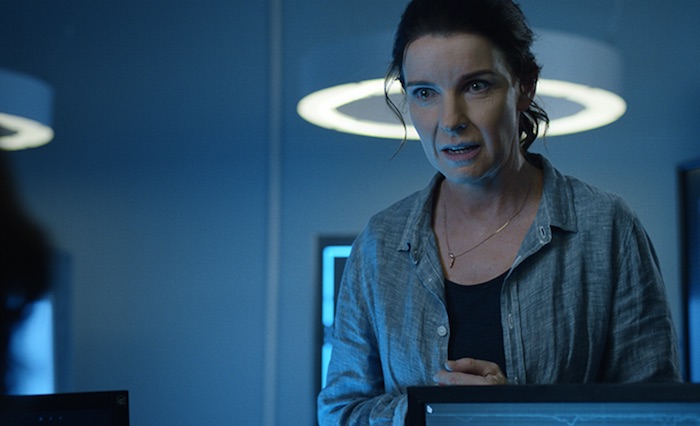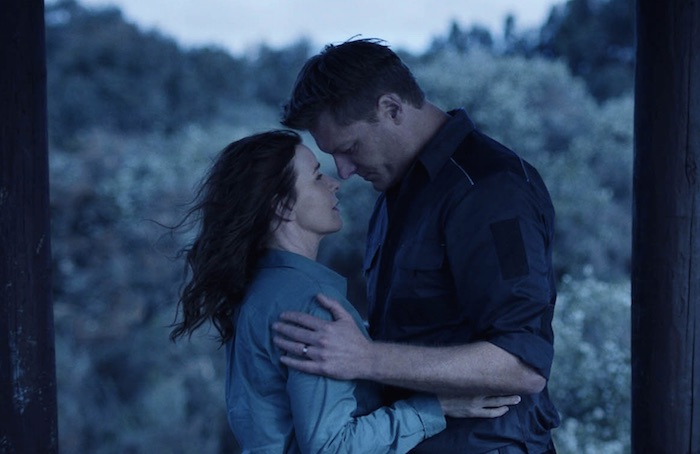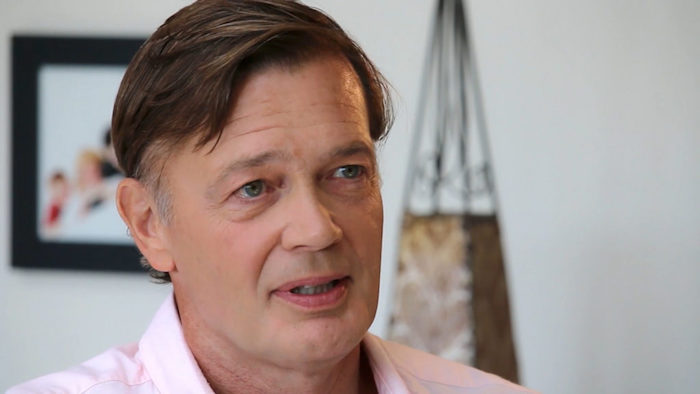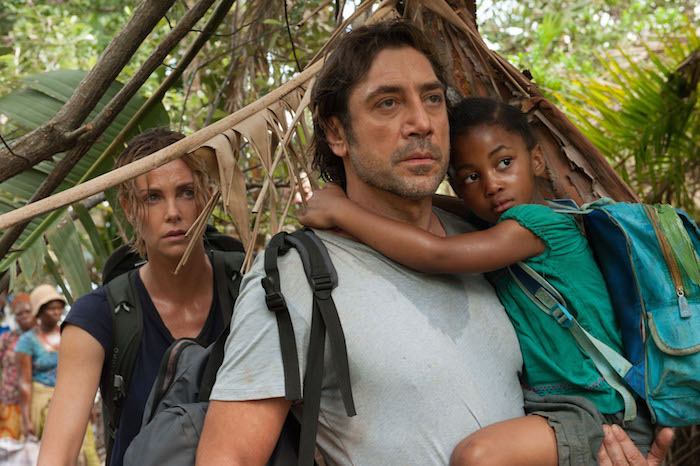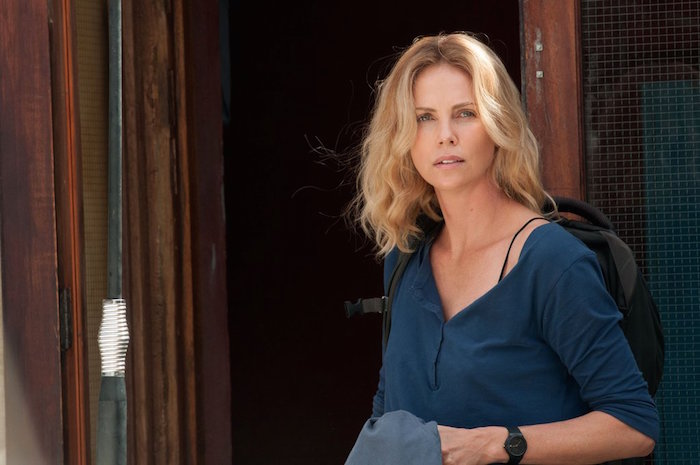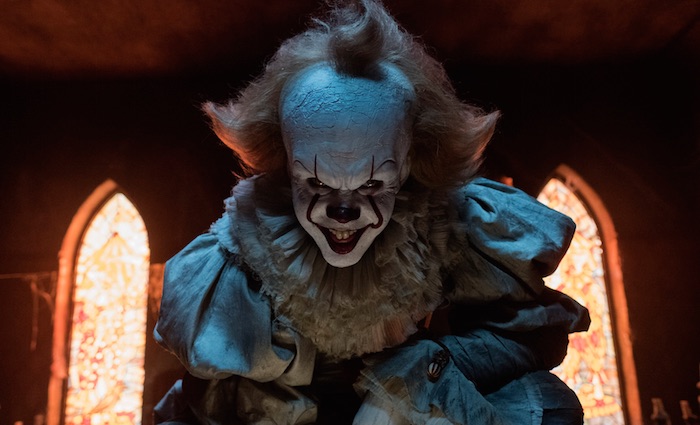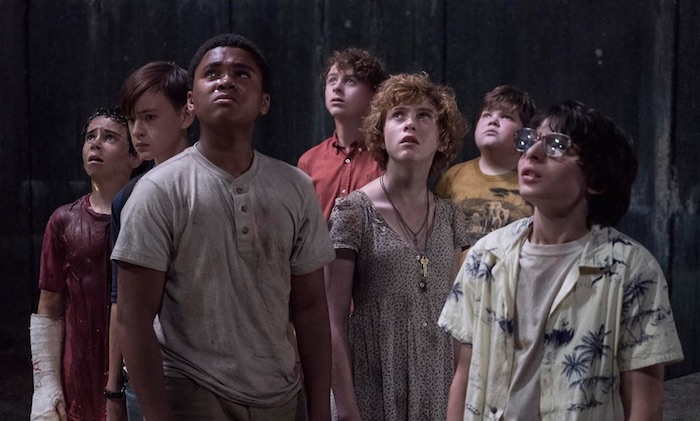THREE SUMMERS
 Thursday, November 2, 2017 at 4:08PM
Thursday, November 2, 2017 at 4:08PM Stars: Robert Sheehan, Rebecca Breeds, Michael Caton, Magda Szubanski, Deborah Mailman, John Waters, Kelton Pell, Peter Rowsthorn, Kate Box, Nichola Balestri and Jacqueline McKenzie.
Writer/Director: Ben Elton
Rating: 1/5

Conceptually, the lives that criss-cross during a Western Australian regional music festival over three years should at least yield an amiable, toe-tapping crowd pleaser perfectly suited to this country’s larrikin storytelling skills. One imagines that was exactly the film that funding bodies Screenwest and Screen Australia must have trusted director Ben Elton would deliver when they backed whatever version of his script they okayed.
Because what the British-born/WA-based filmmaker delivers could not possibly be the movie that our best ‘creative minds’ gave their blessing and our dollars towards. If that isn’t the case, and Three Summers is what the production sector deems to be a comically engaging and commercially viable final product…well, the industry is in as bad a shape as the naysayers claim it to be.
Three Summers uses the coming together of a culturally diverse group of musos and assorted hangers-on for the fictional ‘Westival’ music event as the device to paint a portrait of Australia Today. Over the titular months, this blazingly obvious, one-dimensional microcosm of the nation’s race and gender biases moves at a snail’s pace towards a fanciful and insultingly tone-deaf sequence of reconciliation, featuring a Morris dancer and a troupe of Indigenous boys, that represent some of the worst frames in Australian cinema history.
The central romantic players are an insufferable Irish theremin whiz (Robert Sheehan, bringing hipster pretension without a breath of irony) and a feisty folk-fiddler (Rebecca Breeds, whose sheer likability and grounded sweetness make her the film’s sole saving grace). Their meet-cute is lacklustre, then they blather on interminably that requires both actors to pitch higher and work harder than any actor should. Elton doesn’t write real-world dialogue, instead favouring cute quips and, when called upon, long issue-based diatribes that emerge randomly, awkwardly, and with little relevance to the dramatic context.

Because, above any other concern, Three Summers wants to present a fierce far-left political statement on the ills inflicting contemporary Australian society. However twee and cute-sy it colours itself (which it does, gratingly so), Elton’s film most wants to be a smashing takedown of the intolerant and ignorant. Every character rants against and/or deals in the extreme with situations such as racism, date sexual assault, alcoholism, Indigenous rights, etc, etc.
Via his ‘racist old white guy who sees the truth’ stereotype Michael Caton, the director offers up a solution; try to understand each other better, so that you may better understand yourself. If that sounds like a meme you hurriedly scroll past in your Facebook feed, the kind accompanied by a picture of a monkey hugging a lion cub, then you understand its effectiveness as a feature film’s central theme.
The film’s shallow phoniness is easy to pinpoint. It preaches tolerance, yet makes a gag out of a burly security guard’s weakness being her latent homosexuality. Elton sidetracks the plot entirely to indulge in a detention centre rant, delivered by the handsomely groomed lead singer of an Afghan folk-group, who describes their existence as “hell” (a hell in which they can rehearse a music festival set, apparently). And it tanks even as the most basic of rom-com conceits; the leads seem to genuinely dislike each other’s company, and the support players (usual Screen Australia-approved faces like Deborah Mailman, John Waters, Magda Szubanski and Michael Caton) fail to bring background laughs or gravitas.
Take away from the mess that is Three Summers this thought: is the current funding model that determines what big screen, commercial comedies get made in Australia working? What the script consultants and financing heads are currently signing off on – in the last few years, critical and commercial duds like Spin Out, A Few Less Men, UNindian and Now Add Honey – suggests not; good comedies get made – A Girl Asleep, That’s Not Me, Down Under – but can’t draw audiences. Three Summers is another red mark against the current regime calling the shots on what they think the Australian public will find funny.
 Australian film,
Australian film,  Comedy,
Comedy,  Music
Music 

